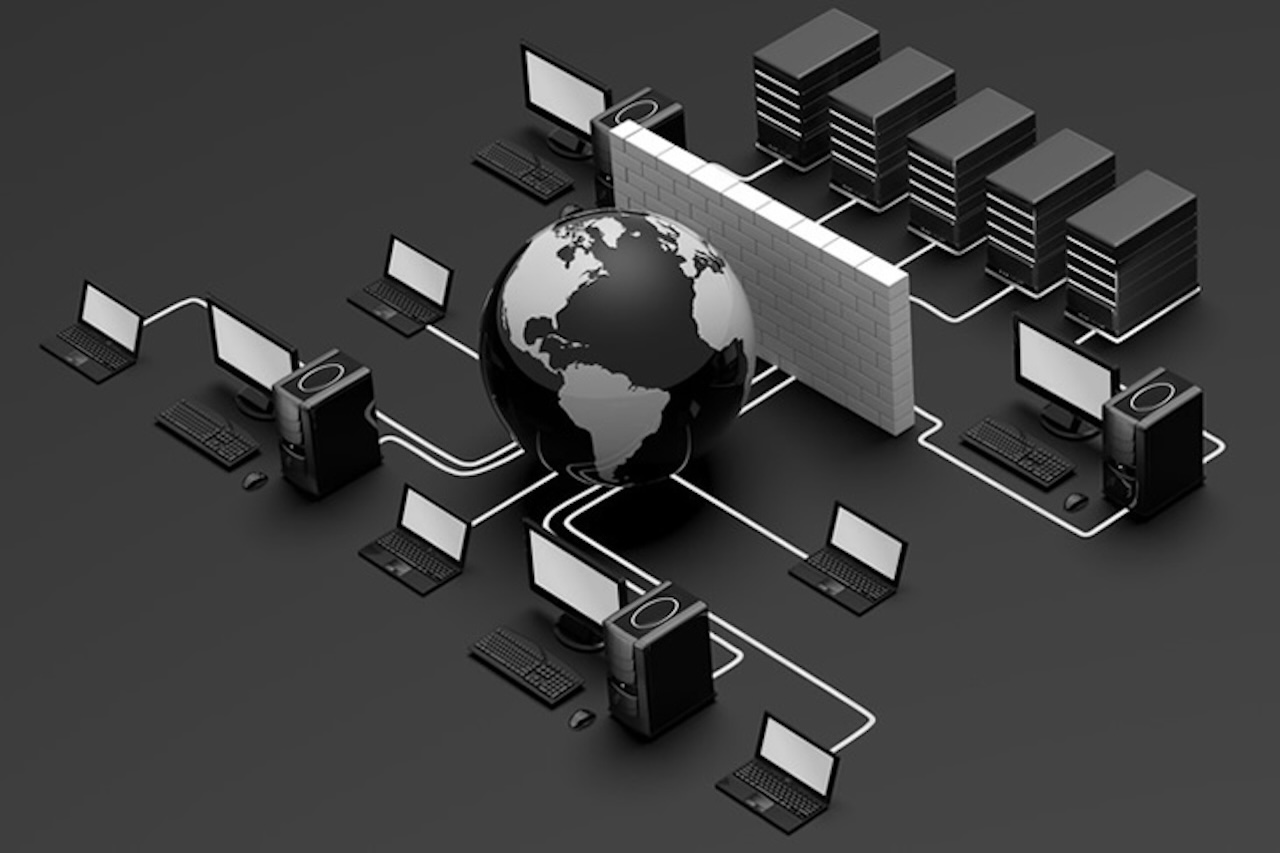We all have a number of devices in our office that have grown significantly over the last few years, connecting them to a single network allows you to streamline the process. The need for seamless connectivity has become more crucial than ever. Whether you're managing a smart home, a small office, or an enterprise-level organization, the ability to connect devices efficiently is the backbone of productivity and convenience. In this article, we'll explore the importance of integrating both Wired and Wireless Solutions to create a robust network at your premise.
The Power of Wired Connectivity
1. Reliability:
Wired connections, such as Ethernet cables, offer unparalleled reliability. They provide stable and consistent data transfer speeds, making them ideal for applications that demand high bandwidth, such as video streaming, online gaming, and large file transfers.
2. Security:
Security is a top concern for any network. Wired connections are inherently more secure than wireless ones, as they are less susceptible to hacking and unauthorized access. This makes them an excellent choice for sensitive data transfer and critical operations.
3. Reduced Interference:
Wired connections are not susceptible to the interference that wireless networks can experience. This makes them particularly advantageous in environments where other electronic devices or obstacles may disrupt wireless signals.
Embracing the Freedom of Wireless Connectivity
1. Flexibility and Mobility:
Wireless solutions, such as Wi-Fi, offer unparalleled flexibility and mobility. With wireless networks, users can connect to the internet and other devices without being tethered to a physical connection point. This is especially valuable in environments where mobility is a priority.
2. Scalability:
Wireless networks are highly scalable, allowing you to easily add or remove devices without the need for additional physical infrastructure. This makes them a cost-effective solution for growing businesses or dynamic home environments.
3. Device Proliferation:
The increasing number of wireless devices in our lives, from smartphones to smart home devices, underscores the importance of having a robust wireless infrastructure. Enabling wireless connectivity ensures that all your devices can communicate seamlessly.
Adhere to a Professional Network Solution
The ideal solution for many premises is a combination of both wired and wireless connectivity. By leveraging the strengths of each, you can build a comprehensive and resilient network that caters to diverse needs.
1. Strategic Placement:
Identify areas where wired connections are essential for reliability and security, and strategically place Ethernet ports. Simultaneously, ensure comprehensive Wi-Fi coverage for areas requiring flexibility and mobility.
2. Quality Networking Equipment:
Invest in high-quality routers, switches, and access points to ensure optimal performance for both wired and wireless connections. A robust network infrastructure is the foundation for seamless device connectivity.
3. Regular Maintenance:
Periodic checks and updates are crucial for both wired and wireless components. This includes firmware updates, security audits, and monitoring network performance to address any potential issues promptly.
Bottom line:
A well-rounded connectivity strategy that integrates both Wired and Wireless Solutions is key to optimizing your premise for the demands of the modern world. Whether you're building a smart home, setting up a small office, or managing a large enterprise, understanding the strengths of each type of connection and combining them strategically will ensure a reliable and efficient network for all your devices. Stay connected, stay productive!

